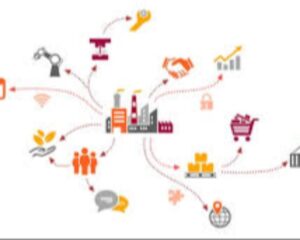On Wednesday, April 9, the Nasdaq soared 12%, marking its second-best day in history. This dramatic spike mirrored similar "relief rallies" seen during the worst bear markets—the dot-com crash of 2000–2001, the 2008 financial crisis, and the 2020 COVID meltdown. Analysts widely refer to these as “dead-cat bounces”—short-term recoveries in a larger downtrend.
Historically, 22 of Nasdaq’s 25 biggest single-day gains happened during periods of severe financial stress. One came two days after Black Monday in 1987. These rallies often signal not relief, but an unsettling calm before further volatility.
The catalyst behind Wednesday’s surge was President Trump’s surprise announcement: a 90-day pause on sweeping tariffs, setting a temporary 10% rate on most U.S. trade partners to allow for negotiations. Markets had feared much harsher measures, so the "less bad" news sent tech stocks flying.
However, Trump also reaffirmed a steeper 125% tariff on Chinese goods, keeping tensions high. This dual messaging—easing for some, doubling down on China—added uncertainty. Major Wall Street figures, including BlackRock’s Larry Fink and JPMorgan CEO Jamie Dimon, warned that the U.S. might already be slipping into recession.
Tesla shares, which had dropped 22% over the previous four sessions, jumped 23%, its second-best day on record. CEO Elon Musk, one of Trump’s closest allies, publicly slammed trade advisor Peter Navarro, calling him “a moron.” The rift within the president’s circle adds another layer of unpredictability.
Investor Ken Fisher called Trump’s tariff plan “ignorant and extreme,” but added that panic may be overdone. He believes the backlash could cause the policy to fade, which might actually be bullish.
In the bond market, fear is real. The 10-year Treasury yield spiked to 4.51%, up from 3.9% last week, indicating rising borrowing costs across mortgages, credit cards, and business loans.
Looking ahead, mega-cap tech firms are set to report Q1 earnings soon. Many are scrambling to assess the tariff impact on supply chains, production costs, and revenue outlooks. Business expansion plans may be put on hold amid so much policy instability.
In short, Wednesday's rally may feel like a relief—but it doesn’t signal the end of market troubles. If history is any guide, such rallies often precede more turbulence—not a recovery.





